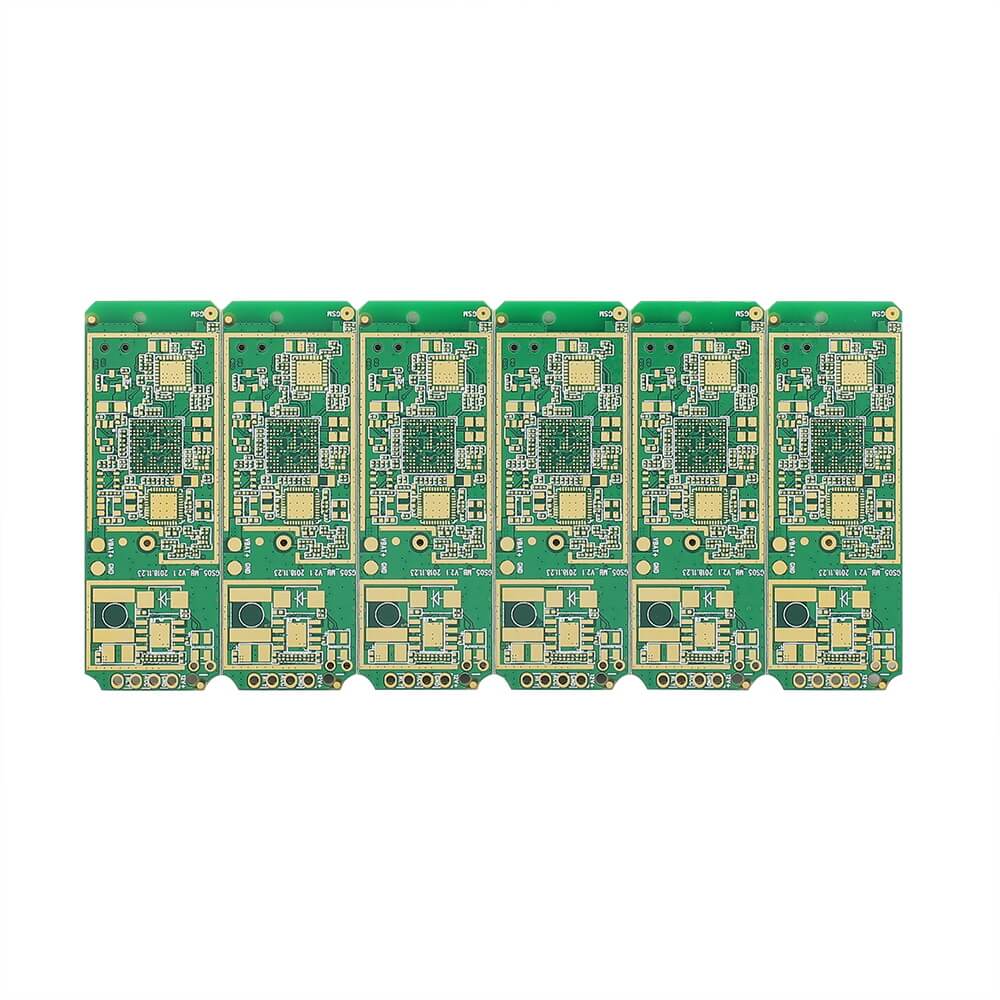The Evolving Landscape of Circuit Board Design
In the dynamic world of electronics, the choice between multilayer boards and single-layer circuits has become a critical consideration for engineers and designers. As technology continues to advance, understanding the key differences and benefits of these two approaches is essential for optimizing circuit performance, achieving design goals, and staying ahead in a competitive landscape.
Multilayer Boards: Unlocking Circuit Complexity and Density
Multilayer boards, also known as multilayer printed circuit boards (PCBs), are a versatile and sophisticated solution for modern electronics. These boards consist of multiple layers of conductive copper traces, interspersed with insulating materials, allowing for the integration of complex interconnections and enhanced circuit density. This layered structure enables designers to route signal paths, power planes, and ground planes more efficiently, leading to improved signal integrity, reduced noise, and enhanced overall performance.
Single-Layer Circuits: A Simplified Approach with Unique Advantages
In contrast, single-layer circuits, or single-sided PCBs, feature a single layer of conductive traces, typically on one side of the board. While this design may appear more simplistic, it offers several distinct advantages, such as lower manufacturing costs, easier assembly, and suitability for specific applications where complexity is not a critical requirement.
Key Differences: Navigating the Pros and Cons
When comparing multilayer boards and single-layer circuits, several key differences emerge, each with its own set of benefits and tradeoffs. These include factors such as circuit complexity, component density, signal integrity, power distribution, heat dissipation, and manufacturing complexity.
Multilayer Boards: Amplifying Performance and Versatility
The multilayer approach excels in its ability to accommodate complex circuit designs, high component density, and advanced signal routing. By leveraging multiple conductive layers, designers can optimize signal paths, isolate noise-sensitive traces, and implement dedicated power and ground planes. This results in improved signal integrity, reduced electromagnetic interference (EMI), and enhanced overall system performance.
Single-Layer Circuits: Simplicity, Cost-Effectiveness, and Targeted Applications
Single-layer circuits, on the other hand, offer a more straightforward and cost-effective solution. They are often well-suited for applications with relatively simple circuit requirements, where high component density or complex interconnections are not a primary concern. These boards can be manufactured more quickly and at a lower cost, making them an attractive option for certain projects or budget-conscious initiatives.
Balancing Tradeoffs: Choosing the Optimal Solution
The decision to choose between multilayer boards and single-layer circuits often hinges on a careful evaluation of the specific design requirements, performance objectives, and budgetary constraints. Engineers must weigh the advantages and drawbacks of each approach, considering factors such as board size, component density, signal integrity, power distribution, and thermal management, among others.

Conclusion: Embracing the Evolving Landscape of Circuit Board Design
As the electronic landscape continues to evolve, the choice between multilayer boards and single-layer circuits remains a crucial consideration for designers and engineers. By understanding the key differences and benefits of these two approaches, professionals can make informed decisions that optimize circuit performance, meet design goals, and stay ahead in a dynamic and competitive industry.
In summary, this article has explored the nuances of multilayer boards and single-layer circuits, highlighting their respective strengths, limitations, and applications. By carefully navigating this landscape, designers can harness the power of advanced circuit board technologies to drive innovation, enhance product performance, and deliver cutting-edge solutions that meet the ever-changing demands of the electronics industry.

